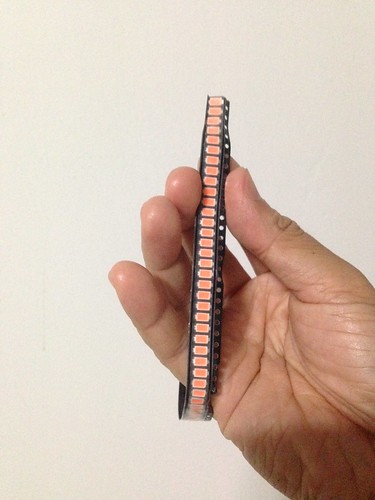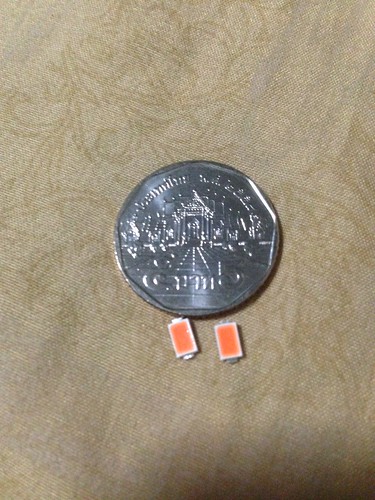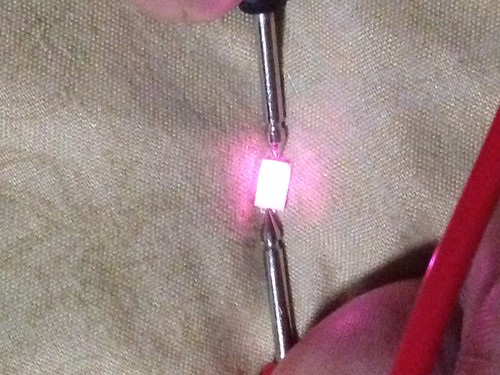For my grow setup;
This is what is going through my head right now. Let me know if any of this sounds right!
I am starting 100 - 8120 inserts (96 cells per insert)
These will all be grown indoors and then hardened off before transplanting into larger 1204 inserts. I might possibly skip the 1204's and just go straight to the 1801's since these will be my final sell size. The 1204's would be slightly more manageable to keep watered.
I just bought some really beefy shelving from a box store liquidation so i am good on that. The main thing I am looking into right now is the lighting. Since I am only using the indoor lights for 1-2 months to start and then moving them to my greenhouse i am not trying to invest a huuuge amount if possible this year. I am going back and forth on fluorescent or LED strips. What is your personal suggestion? If I am going the fluorescent route I am thinking I would need 1 fixture per 3 flats; 33 total fixtures + 2 bulbs for each. ( I know that 2 fixtures per 3 flats would grow some great looking plants but that would too much $) I have used 1 per 3 flats in the past with great success but only to start 24 flats, not the 100 i am growing this season.
http://www.essential...CFQEpaQodrg4Ihw but the cost would still get high pretty fast! 33x12 = $396 in fixtures and at an average of $3 per bulb for cheap bulbs, i would be looking at $600 for a full fluorescent setup.
The other option is LED strips. They are cheap, efficient to run, I dont have to replace tubes and are readily available. I am just wondering if my plants would dramatically suffer from using LED strips vs fluorescent.
http://Z®ZDM Waterproof 5M 300X5050 SMD RGB LED Strip Light with 44Key Remote Controller (DC12V) These are the type of strips i was thinking about. At 16ft long, they could make up for 4 of the fluorescent tube setups. I would probably use 2 or 3 spaced out evenly to make sure there is good light distribution but i am still not even sure if they will be sufficient enough to get the starts off to a good start ( no pun intended) I would spend roughly $500 for this light setup if i went for it. If i could get away with only 2 strips per row; I would be looking at $300 to purchase and not to mention their efficiency would save me money on my electric bill.
Thoughts?



